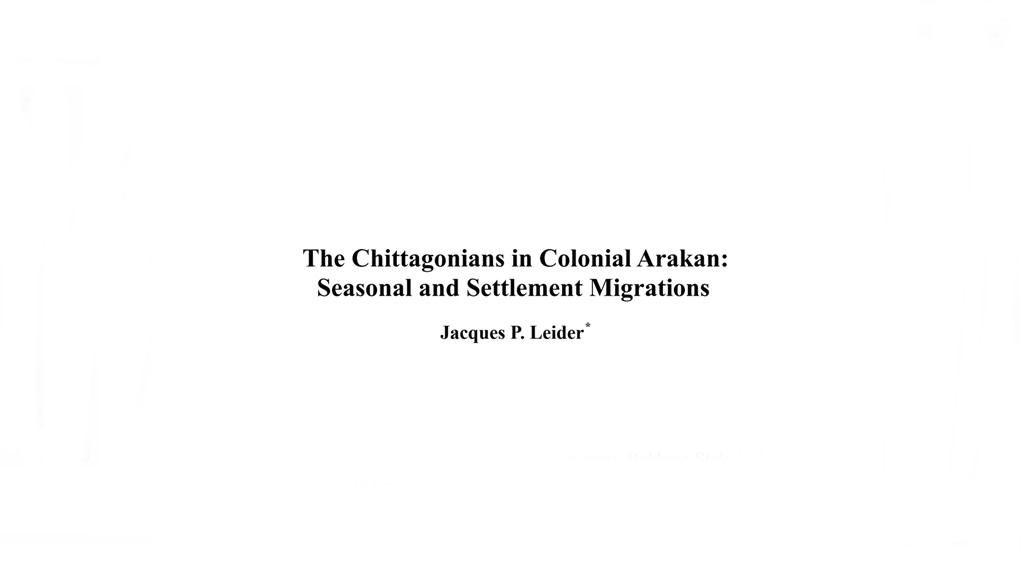
The Chittagonians in Colonial Arakan: Seasonal and Settlement Migrations
Category: History Publisher: Jacques P. Leider Published: 9 November 2020 Tags: Arakan | Arakan Kingdom | Rohingya | DownloadIntroduction:
Muslim Chittagonians formed the dominant group of seasonal labourers and new settlers in north and central Arakan (now Rakhine State in My- anmar) during British colonial rule in Burma (1826–1948). The consider- able growth of their settlements in the late nineteenth century was the de- fining factor which transformed Arakan’s small pre-colonial Muslim community into the biggest Muslim group in Burma, concentrated in a densely populated border zone. The present chapter looks at these signifi- cant demographic and social changes, and responds to Morten Bergsmo’s observation that the International Criminal Court Prosecution’s legal ap- proach in its request for a designated pre-trial chamber to authorize an investigation into alleged crimes in Rakhine State of 4 July 2019 “turns the spotlight on the demographic background of the conflict in northern Rakhine”. 1
The term ‘Chittagonians’ was commonly used in colonial sources as a catch-all name for a variety of people from Lower Bengal’s Chittagong division, which bordered Arakan division (Burma). According to the geo- graphical context in Burma itself, it could refer to Chittagonian seamen or shipwrights along the Irrawaddy (the ‘lascars’), an array of Hindu and Buddhist traders, peddlers and cooks in Akyab and Rangoon, or mostly, as was the case of Arakan, Muslim agriculturists and seasonal labourers. As Chittagonians were the biggest group of Bengalis in colonial Burma, they were presented as a distinct category of the migrant and residential Indian population in early twentieth century records. One may bear in mind that the name ‘Chittagong’ itself applied to a city, a port, a district, and, as mentioned, a Bengal division. ‘Chittagonian’ functioned as an inclusive (‘being identified or identifying as Chittagonian’) or exclusive generic (‘Chittagonians as an Indian, non-indigenous race’) in the colonial no- menclature before it became a site of contestation denoting unchecked immigration and cultural othering in the socio-political context of late co- lonial Arakan.
Back

